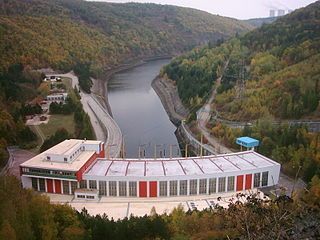Centralized Vs. Distributed Energy Storage

Isn’t it possible that they’re both wonderful, but for different reasons? Grid-sale storage offers the utilities a way to deal inexpensively with a problem that otherwise is extremely costly, i.e., addressing peak load conditions that occur only about 100 hours per year. At the same time, it offers all the other goodies that are so valuable to our grid, e.g., ancillary services like waveform regulation.
At the same time, consider the formation of new microgrids, where every megawatt-hour of load that leaves the grid in favor of distributed generation from renewable sources is one megawatt-hour less that needs to be generated by the utilities, who favor coal as their lowest cost of baseload power. Obviously, such microgrids require storage to kick in when the sun isn’t shining and the wind’s not blowing.
If there’s a reason to pick one over the other, I certainly don’t see it.
